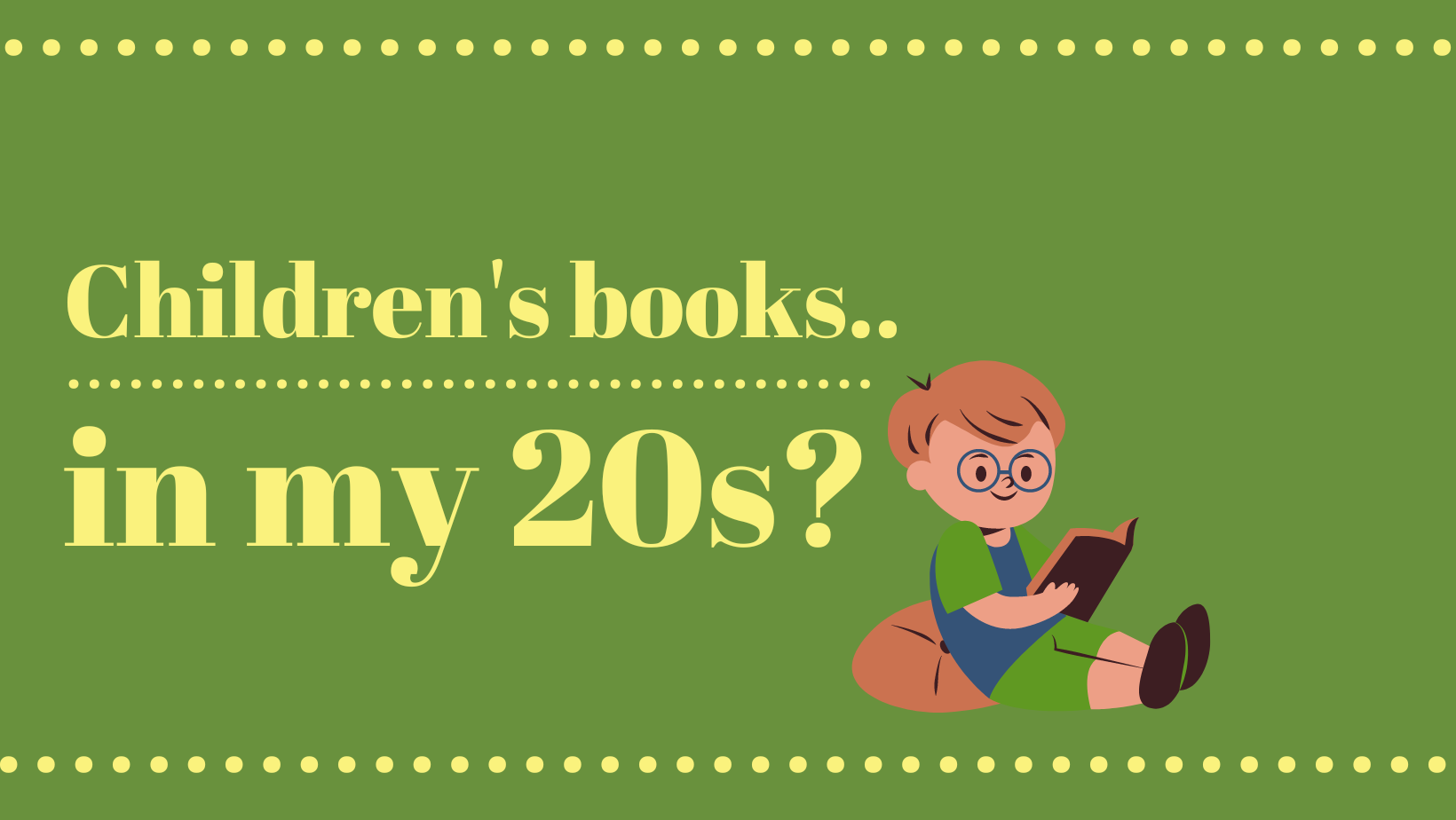Words by Alexa Price
Children’s literature, especially picture books, are increasingly ignored upon reaching the age where you’re simply ÔÇÿtoo mature’ to read them. While that’s understandable (why would you read a book aimed for five or seven year olds at the age of twelve?), these days I can recognise that children’s literature is its own type of artform. I know that I was a victim of growing up too quickly, and took to reading books like Looking For Alaska, and Twilight when I was definitely too young. My mature reading habits then allowed me to devour classics like The Great Gatsby, Jane Eyre and Lolita at age sixteen, but now I find myself in my 20s and perusing the picture books section at any bookshop more often than ever. Children’s literature isn’t defined by its typically simplistic language and plot, nor its often wholesome themes. What makes reading children’s books interesting is the reading experience as a whole, and how it affects the individual.
My interest in children’s literature sparked during my second year as I studied a whole module dedicated to the genre. The reading for one week was a picture book, a type of book I literally had not picked up since I was about six. My best friend who also happened to be on the module suggested that I read the book before bed with a cup of tea because apparently the experience was wonderful. Of course, she was absolutely right – why would it be anything other than perfect? For the first time since beginning my degree I got to sit down with a book of 36 pages, where the words were scattered around luminescent illustrations meaning that I really didn’t have to put much thought into what it was I was reading, I just enjoyed it.
Since taking that module I’ve worked part-time in a bookshop, followed by a part-time role in the publishing industry, and to this day children’s literature still brings me so much joy. The work that goes into illustrating picture books blows my mind, and the intricate details woven into what some might see as very simple language, is unlike any other. My tastes aren’t regressing at all, (this English Literature degree won’t complete itself by just reading children’s literature) but instead they are broadening. Today I’m more aware of why picture books and children’s literature are such a staple of growing up.
You want to teach your children about the importance of kindness and friendship? There’s a book. You want to teach them about neurodiversity and the different people they’ll see around them every day? There’s a book. Climate change? The LGBTQ+ community? Mental health? Trust me when I tell you that there is a book. Reading is an activity that stimulates your mind, whether you’re reading something with common tropes and an easily understood writing style, or Great Expectations, so why not pick up some children’s fiction? It’s a great way of putting the phone down, but you also might learn something new!
I have a growing collection of children’s books on my shelves these days. At home I have a bookcase dedicated entirely to the books of my youth, but on the shelves of my bedroom here in Cardiff, I have a growing collection of the loveliest picture books that I might read after a long day in the ASSL or at work. If you’re feeling at all inspired to purchase some picture books, let me share with you just some of my favourites:
- The Quilt by Val├®riane Leblond (Y Lolfa)
Once again, I am more familiar with this book in its Welsh edition, rather than the English, but either are equally as lovely. Anything illustrated by Val├®riane Leblond is guaranteed to be absolutely beautiful. Her work is just lovely, and the stories she writes are so wholesome and have such a classic feel to them. The Quilt follows the story of a Welsh family emigrating to America upon the turn of the twentieth century. All the protagonist has to remind her of Wales while she travels is the red quilt her mother made for her, which offers a cure of comfort and hope to her homesickness and upset. Leblond’s illustrations are award winning, and books like Cymru ar y Map and Pedair Cainc y Mabinogi won the Tir na n-Og Award in 2016 and 2019.
- Mouse and Mole by Joyce Dunbar and James Mayhew (Graffeg)
This is a classic series of books that I’m more familiar with in their Welsh translation than I am in the original English, but either way I absolutely love the quirky adventures of these two curious and unexpected friends. Mouse and Mole are peculiar characters that teach readers of their series the importance of friendship, kindness, and closeness. James Mayhew’s illustration’s are sweet and ageless, absolutely beautiful to their core. They were originally published in 1993 by Transworld, and they were even made into a television series. In 2019, Graffeg Ltd brought the series back to life, and the books were made widely available once more.
- The Storm Whale by Benji Davies (Simon and Schuster)
Much like the others, Benji Davies’ illustrations are unique and heartwarming. The story follows Noi, who finds a baby whale washed up on the shore after a storm. Noi befriends this whale and decides to take the whale home and care for it in secret, which of course doesn’t remain a secret for very long. Even though the whale must return to sea where it belongs, Noi knows that he is no longer alone and hopes to see his friend once more. If this description of the book isn’t enough to convince you, go and take a look at Benji Davies’ illustrations – Noi in his yellow coat is one of my all time favourites.
Children’s literature is a joy to read and shouldn’t be shrugged off by us older lot. There is nothing wrong with a bit of down-time – go and open your mind with an easy read! I promise it’ll be worth it.



